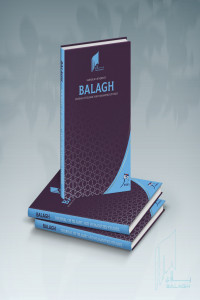The influence of the Muslim faith on design of architectural con-structions in Derbend Cemetery tombstones in Dagestan region during the 13th century AH
The influence of the Muslim faith on design of architectural con-structions in Derbend Cemetery tombstones in Dagestan region during the 13th century AH
Tombstones, Derbend, Dagestan, architectural constructions, Shiites Persianization,
___
- داغستان أو بلاد الجبال: كلمة من أصل تركي مكونة من مقطعين (Dag) وتعني الجبل، (stan) تعني المكان وهي تعني بلاد الجبال.
- M. N. Ismail, Islamic Gravestones in the Cemetery of Derbend City, in Dagestan Region, Southern Russia during the twelfth century AH/ Eighteenth century AD: “A Study of Form and Content” (MA. diss., University of Fayoum, 2022), 45-55
- بلاد البلطيق أو الدول الاسكندنافية: يُقصد بها مجموع الدول الواقعة شمال الكرة الأرضية وتضم بين أراضيها (روسيا، أوكرانيا، فنلندا، النمسا، مولدوفيا، السويد، والنرويج). ويُشار إليها بالدول الاسكندنافية أو بما يعني الشعوب التي تركب البحار أو كما يُطلق عليهم مصطلح الفايكنج.
- V.V. Tarasov, "Russ: Eastern Sources And The Gnezdovsky Archaeological Complex", Historical Sciences and Archeology, Bulletin of the Bryansk State University, 1/4 (2020), 105. (Russian).
- Başlangıç: 2021
- Yayıncı: Karabük Üniversitesi
Sadettin ALİOĞLU, Salih DERŞEVİ
Linguistic interpretation of Ali Mansour Kayali "Critical Analytical Study"
أثر التلقي عند المفسر في تفسير القرآن الكريم
Khaled Abdullah Ali BRIAH, Tuğrul TEZCAN
Mulyono JAMAL, Suraji BADİ’, Syamsuri SYAMSURİ, Khurun'in ZAHRO'
تعليم العربية بالصلوات الجهرية منهج مقترح لتفعيل دور المسجد في تعليم العربية (سلطنة بروناي أنموذجا)
The position of Modernist Thought on the sources of knowing god his Attributes and the acts
معوقات النهوض العلمي في العالم الإسلامي من منظور تاريخي
تأثير الطيبي في مباحث علم البيان على السيوطي في كتابه "نواهد الأبكار وشوارد الأفكار
